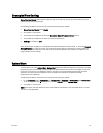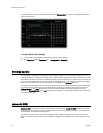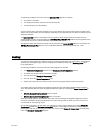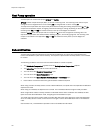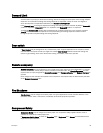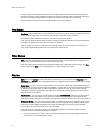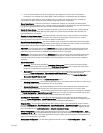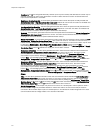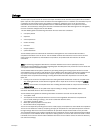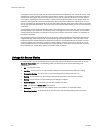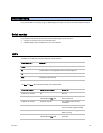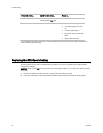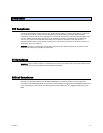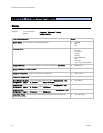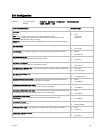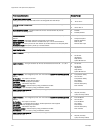
RTU Open 53
Linkage
The RTU Open may serve as an air source to an Open Variable Volume Terminal (VVT) system. When the RTU
Open is part of a VVT system and the controllers are wired together to form a network, the controllers may use
a method of communication known as Linkage™. Linkage is a method by which an air source and its
subordinate zone terminals exchange data to form a coordinated HVAC system. The system's air source
controller, zone controllers, and bypass controller are linked so that their data exchange can be managed by
one zone controller configured as the VVT Master.
The VVT Master gathers the following information from the slave zone controllers:
• occupancy status
• setpoints
• zone temperature
• relative humidity
• CO
2
level
• damper position
• optimal start data
The VVT Master performs mathematical calculations and algorithms on the data and then sends the
composite information to the air source. The VVT Master receives information from the air source such as
mode, supply air temperature, and outside air temperature, and passes that information to all linked
controllers.
NOTE The following paragraphs describe the interaction between the air source (RTU Open) and its
subordinate zones. Additional information regarding Open Zoned Systems may be found in the VVT Zone and
VVT Bypass Controller Installation Guides.
The VVT Master determines system operation by prioritizing heating and cooling requirements from all the
zones based on their occupancy and demand. The VVT Master scans the system continuously to determine if
any zones are occupied. Occupied zones are a higher priority than unoccupied zones. The VVT Master
evaluates all the occupied zones' heating or cooling demands and sends a request to the air source (RTU
Open) for:
• Cooling, if the number of occupied zones with cooling demands exceeds the number of occupied zones
with heating demands, and the demand is greater than or equal to the number of configured
Linkage
Callers
• Heating, if the number of occupied zones with a heating demand exceeds or is equal to the number of
.
Linkage Callers
If no zones are occupied or no occupied zones require heating or cooling, the VVT Master performs the
evaluation described above for the unoccupied zones.
.
The VVT Master then gathers the following information and sends it to the air source (RTU Open):
• The system mode
• The setpoints and zone temperature from the zone with the greatest demand for the requested air
source mode (heating or cooling). (This zone is called the reference zone.)
• The system occupancy status
• Most open damper position from any zone
• RH and CO2 values (if applicable)
The air source responds by sending the air source mode, supply air temperature, and outside air temperature.
The air source verifies the mode by comparing its supply air temperature to the space temperature received
through Linkage. See the air source documentation for operation and parameters used to verify its mode.
This verification allows the VVT system to determine if the desired air source mode is actually being provided.
For example, if the VVT Master sends a request for heating and the air source does not have heat or it’s heat
has failed, the air source's actual mode indicates that and it's current mode is sent to the zones so that they
can control accordingly.



